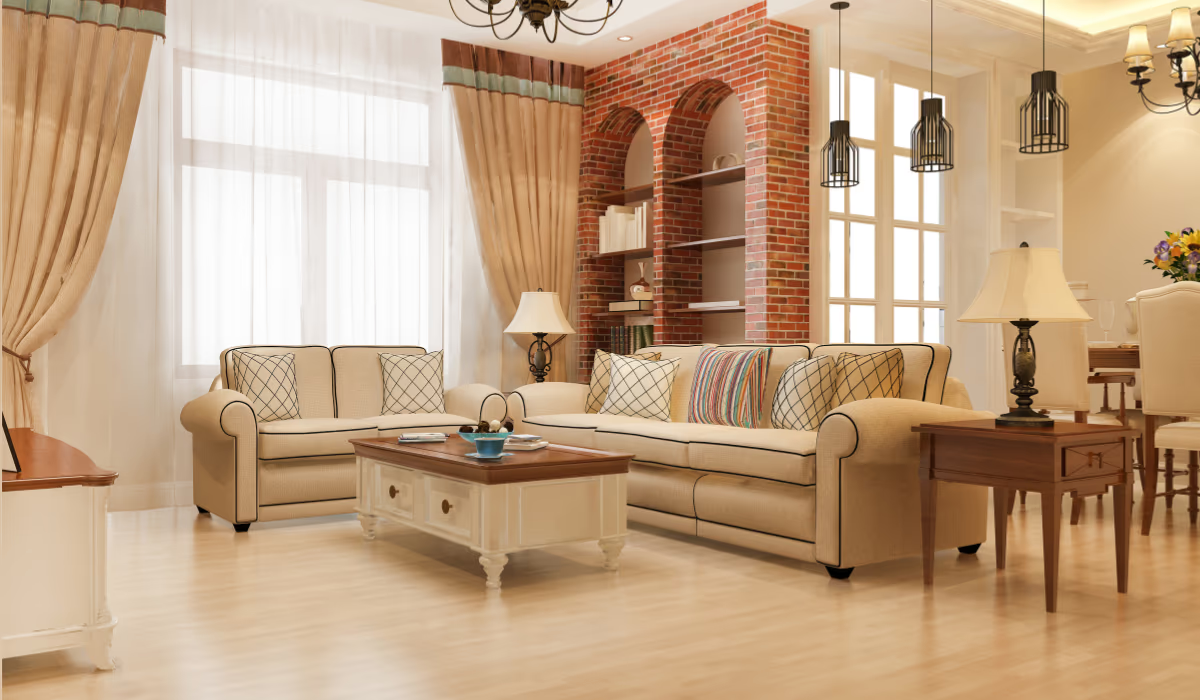One of the most transformative pieces of advice designers share is this: find your style, give yourself permission to experiment, and trust that your space will evolve. Many of us feel pressure to “get it right” immediately — pick paint, choose furniture, hang art — but rushing often leads to regret, waste, or a home that doesn’t feel authentic. The best tip isn’t about choosing a specific color or layout — it’s about the mindset of slow, intentional design.
Why Rushing Leads to Disappointment
When decisions are made too quickly, you may pick furniture based on trends rather than what feels right for you. A color that seemed bright and exciting in a showroom might feel overwhelming in your living room. Pieces bought on impulse rarely integrate well into the long-term vision. Designers often emphasize that haste and chasing trends without thought lead to purchases you’ll want to replace.
How to Let Your Home Evolve
Allow yourself to live in a room for weeks or months before finalizing key choices. Use swatches, movable accessories, or modular pieces to test how things feel. Try placing decor items in different spots before committing. As you live in the space, your preferences clarify — you’ll notice what feels “off,” what draws your eye, what gives comfort. Over time the room becomes yours through discovered harmony, not forced perfection.
Small Changes, Big Impact
You don’t need a big remodel to start. Swapping out lighting, trying different textiles, or rearranging furniture can shift the atmosphere. These modest adjustments let you test what works without heavy investment. Often the items you love most emerge through this process — you realize which textures, shapes, or colors bring you joy—and then you lean in more deeply toward those.
Letting Go of Comparison & Perfection
It’s tempting to look at magazine photos, influencer feeds, perfectly staged homes and want the same. But those are curated moments — not lived spaces. Designers often advise resisting comparison. Instead, use inspiration as guidance rather than a blueprint. Accept that a home is never completely “finished” — it’s always in process. Mistakes, imperfection, mismatches can add character and make a home more comfortable.
Conclusion
The best interior design tip is not a color, not a piece of furniture, but a philosophy: slow down, experiment, trust your taste, and allow your home to grow with you. When you let your space evolve naturally, you create something that feels right, beautiful, and uniquely yours — rather than something you wish you could change later.
FAQs
How do I know I’m choosing the right style for my home?
You’ll feel tugged toward certain styles, colors, or textures repeatedly. Try out small pieces first. Notice what makes you feel comfortable and what gives you pause. That’s your inner design compass.
What should I do if I regret a design decision?
That’s normal and part of the process. If possible, change or remove what doesn’t work. Over time, your space will evolve to reflect who you are and what you need.
Is it better to hire a designer from the start?
A designer can help speed up decisions, avoid costly mistakes, and see possibilities. But even without one, taking the time to plan and reflect works well.
How can I balance trendy pieces with timeless design?
Pick a few trendy elements sparingly (decor, accents) that you don’t mind changing. Build your base with classic, high-quality pieces that endure. This keeps style fresh without constant overhaul.
How long does it take for a home to feel “finished”?
There’s no fixed time. Some rooms settle in months, others take years. What matters is how you live in the space and whether it reflects your evolving taste and lifestyle.







